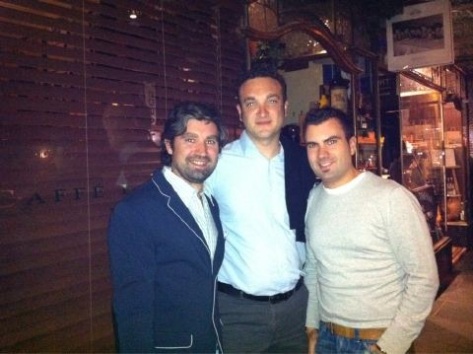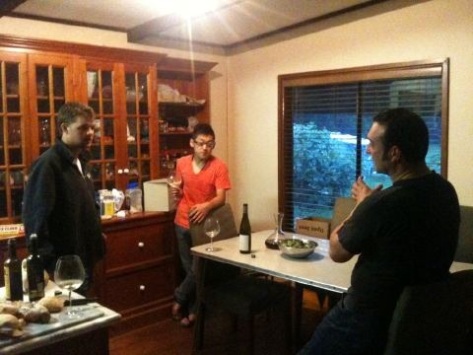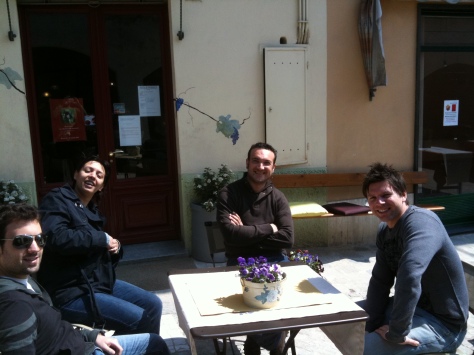I am by no means a travel writer, but you do not have to be an expert to realise Verona has a magical charm to it. Your first visit there gives you tingles on the back of your neck and will transform you back to the past when you had your first kiss with your first true love just like Romeo and his Juliet. Uncomplicated, sweet and like a photograph in your memory: you will never forget it. Verona is a gateway back into the past when life was so less complicated.
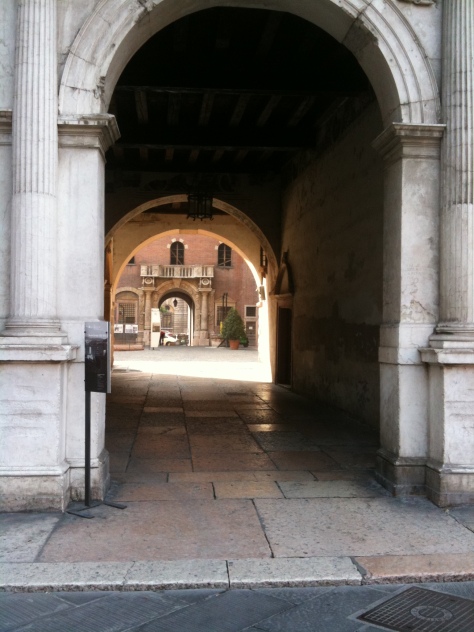
Every time I visit Verona my whole body tingles, I feel like I’m home. I travel to Verona every year for Vinitaly, the crazy Italian wine fair that many despise but a fair that I love. It is so Italian: chaotic and sometimes manically disorganized but like most things Italian, it is always beautiful. For me Italian wine is beautiful and it makes sense for Italy to have it’s main wine fair in Verona, the ‘city of love’.

Days at Vinitaly are full visiting existing producers, meeting prospective producers and catching up with old friends. I love the organised chaos of it all.
9am appointment in the Piedmont pavilion.
10am appointment in the Puglia pavilion.
11am appointment in the Abruzzo pavilion.
Midday appointment in the Piedmont pavillion.
Lunch: Rocket and Buffalo Mozzarella Panino washed down with a bottle of Acqua Frizzante.
And then back to the appointment schedule.
By 6pm when you leave the Veronafiere Fairground your feet ache, your head hurts and your teeth feel like they have been stripped bare. Your body tells you to go home and rest. Tomorrow will be another big day.
However, the pull of Verona and more importantly Piazza delle Erbe is much too strong to let you do this.
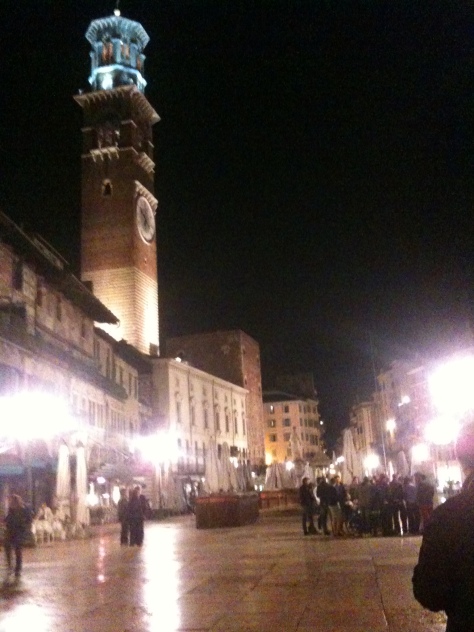
According to the Commune di Verona:
It has been the centre of city life in Verona since Roman times and Piazza delle Erbe has continued to fill this same role for centuries: meeting place, home to the market, and also home to the city’s administration.
The centre of the square contains the monuments that symbolise the different rulers of Verona: the most famous is the fountain, built using a Roman statue during Scaligeri rule and later known as the “Madonna Verona”. On the far side of the square are the 14th century Gardello Tower and the Baroque Palazzo Maffei. The courtyard of the Palazzo del Comune leads on to the Lamberti Tower with its suggestive panoramic views over the city.
The square is awash in a sea of orange. To truly experience the charm of Verona, you must wander into Piazza delle Erbe, past the masses of people and order a glass of Aperol Spritz.

The perfect Verona Spritz is prepared in a wine (not champagne) glass. Add ice, Prosecco, a dash of soda and top with Aperol. This is to avoid the Aperol settling on the bottom. Finally with much satisfaction, garnish with a slice of orange.
Dinner in the city of Verona is good but for myself, I use this time to recharge my batteries with a bowl of Risotto Amarone and a glass of Valpolicella and get ready for another very important event: after dinner drinks at Bottega Vini.
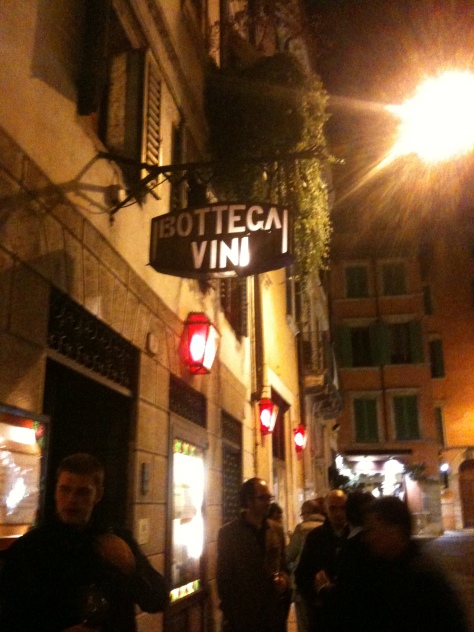
The New York Times describes Bottega Vini beautifully in the following paragraph:
Oenophiles can push an evening’s meal here into the stratosphere if they succumb to the wine cellar’s unmatched 80,000-bottle selection, the largest in Verona. This atmospheric bottega first opened in 1890, and the old-timers who spend hours in animated conversation seem to have been here since then. The ambience and conviviality are reason enough to come by for a tipple at the well-known bar, where five dozen good-to-excellent wines are for sale by the glass for 3.50€ to 12€. There’s no mistaking Verona’s prominence in the wine industry here. At mealtimes the regulars head home and the next shift arrives: Journalists and local merchants fill the few wooden tables ordering simple but excellent dishes where the Veneto’s wines have infiltrated the kitchen, such as the risotto al Amarone, sauced with Verona’s most dignified red.
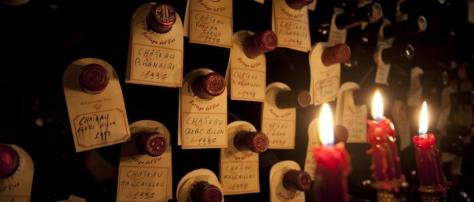
This is truly an amazing restaurant and to be honest, don’t go there for the food. Go for the wine and you won’t be disappointed. The greatest way to enjoy the night is by ordering a glass of vino over the bar and enjoy it outside of Bottega Vini with your friends. Remember to make sure you have enough friends there to try as many amazing wines by the glass that is offered by Bottega Vini, it is one of life’s greatest indulgences. Oh, and please don’t forget you have to get up early for your 9am appointment in the Basilicata Pavillion at Vinitaly…..
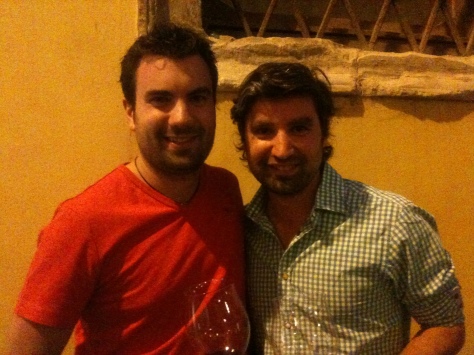
Verona: una vita meno complicata …





















